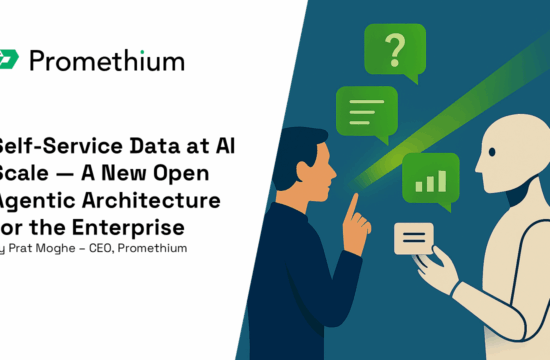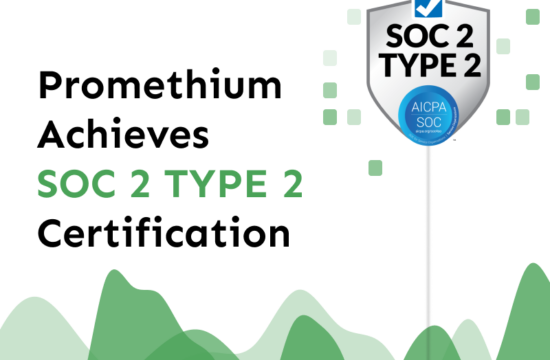Today, most companies operate sprawling data ecosystems. Fortune 500 company Quest Diagnostics, a leader in the clinical laboratory testing space with the largest database of clinical lab results in the world, is no different. Operating both distributed on-premise and cloud storages and a multitude of different software applications, is creating challenges to access data within various data silos efficiently to quickly derive data-driven insights.
A data fabric provides connectivity to all the underlying end points, regardless of where the data lives. It can improve speed and agility of data teams by eliminating current bottlenecks to build data pipelines, reducing time spent from months to hours. However, by integrating the power of generative AI into its data fabric, Quest Diagnostics has been able to not only reduce its data discoverability. Instead, the company has been able to greatly improve its data team’s productivity and efficiency in creating new data products and enable conversational self-service for business users. In today’s series, we dive deeper into how Quest Diagnostics is leveraging Gen AI in a data fabric infrastructure to increase data discovery, democratize data access, and empower self-service analytics.
Implementing Gen AI in Data Management
Integrating generative AI in data management can have a number of benefits for a business:
- Enhance data discovery
- Improve data quality by automation
- Speed up data product delivery
- Democratize data access to business users
- Demonstrate real value and ROI quickly and efficiently
Gen AI can automatically generate relevant features from raw data, reducing manual effort and accelerating data preparation for analytics. It can be designed to explain reasoning and decision-making, enhancing transparency and trust in data-driven outcomes. With that, it is able to automate large parts of the data product creation process and enable non-technical users the ability to interrogate data conversationally to derive business insights.
An AI-infused data fabric however goes beyond automating the development of data products. It can also enhance data governance and security. For example, it can analyze data access patterns and usage within the fabric, detecting unusual activity or potential security threats. This enables proactive measures to ensure data security and compliance. By analyzing user profiles and data sensitivity levels, access control rules can be dynamically adjusted in real-time based on predefined policies.
Finally, AI algorithms continuously analyze fabric performance and resource utilization, suggesting optimizations and automating adjustments for improved efficiency and scalability. This intelligent and automated data fabric management can lead to significant cost savings.
Empowering Self-Service at Quest Diagnostics
In Quest’s case, the main priorities were enhancing data discovery and democratizing data access. Currently, patient records sit in multiple data silos and source systems depending on where tests are performed making it difficult to get a holistic view of a patient’s record. By implementing a data fabric architecture, Quest has been trying to increase visibility and insights from these data sources, all while empowering self-service analytics to respond to patient and physician needs in real time.
To do that, the company turned to AI-native data fabric vendor Promethium. Leveraging generative AI to power these use cases, one of the initial initiatives has been the deployment of a chatbot that conversationally answers questions of business users in real time, democratizing data access for them while freeing up resources from the data team.
Mark Clare, Chief Data Officer of Quest: “People want to have a conversational approach to access the data they need to get answers. When you think of the promise of generative AI, isn’t that really what businesses have been chasing with their data strategy for decades?”
An AI-infused data fabric has been key to unlock these initiatives and enable the company to move at a much faster pace, cutting down time to derive insights from data and being able to deliver answers quicker than ever before.
Explore our other use cases to see how a data fabric may help your company improve data discovery and accelerate data product creation.



